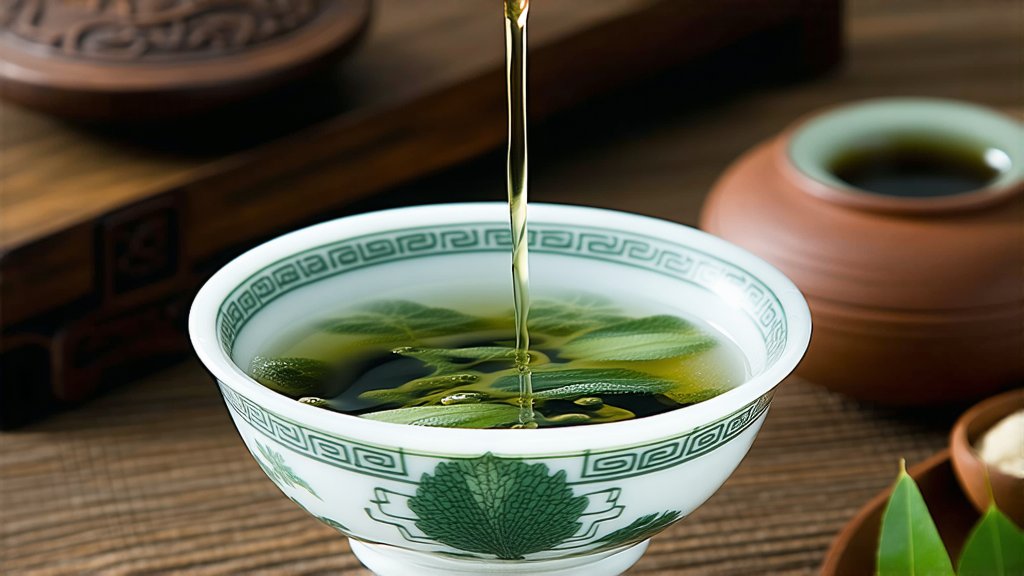
Longjing tea, often referred to as "Dragon Well" tea, stands as one of China's most revered and iconic green teas. Originating from the picturesque region surrounding West Lake (Xihu) in Hangzhou, Zhejiang province, this tea has captivated tea enthusiasts for centuries with its unique flavor profile, exquisite appearance, and rich cultural heritage. In this exploration, we delve into the history, varieties, meticulous crafting process, and art of appreciating Longjing tea, offering an insight into a treasured gem of Chinese tea culture.
A Glimpse into History
The tale of Longjing tea traces back over a thousand years, with its earliest records appearing during the Tang Dynasty (618-907 AD). However, it was during the Qing Dynasty (1644-1912) that Longjing gained prominence, particularly under the reign of Emperor Kangxi who, after tasting the tea, proclaimed it the "Tea of Quality," bestowing upon it imperial favor. Since then, Longjing has been synonymous with excellence in Chinese tea production.
Varieties of Longjing
While Longjing itself is a singular variety, within its realm, there exist subtle distinctions based on growth location and processing techniques. The most celebrated among these is Xihu Longjing, grown in the hills surrounding West Lake. Other notable mentions include Qiandao Lake Longjing and Yuhang District Longjing, each bearing unique characteristics influenced by their terroir.
The Art of Crafting Longjing
The journey from leaf to cup for Longjing tea involves a series of intricate steps designed to preserve its delicate flavors and aromas:
-
Handpicking: Only the youngest shoots and leaves are selected, typically the first or second flush of spring, ensuring optimal freshness and tenderness.
-
Withering: Freshly picked leaves are spread thinly on bamboo mats to undergo a natural withering process, allowing excess moisture to evaporate.
-
Fixation: Unlike other green teas that may be steamed or oven-dried, Longjing undergoes a unique process called 'pan-firing.' This involves skilled artisans manually stirring the leaves in heated woks, a technique that imparts a distinctive nutty aroma and vibrant green color.
-
Shaping: After fixation, the leaves are hand-shaped into their characteristic flat, needle-like appearance, resembling the shape of a dragon's well or spring.
-
Drying: Finally, the shaped leaves are carefully dried to remove any remaining moisture, completing the transformation into the finished product ready for brewing.
Appreciating Longjing: A Sensory Experience
To truly appreciate Longjing tea, one must engage in a mindful tasting ritual that honors its complexity and depth. Here’s a guide to savoring this exceptional brew:
-
Preparation: Use water at around 80°C (175°F) to avoid scalding the delicate leaves. A transparent glass vessel is preferred, allowing the dance of the leaves to be admired.
-
Infusion: Add approximately 3 grams of loose tea per 150ml of water. Steep for 1-2 minutes for the first infusion, adjusting subsequent steeps according to personal preference.
-
Observation: Admire the bright yellow-green hue of the liquor, a testament to the tea's quality and craftsmanship.
-
Smell: Inhale deeply to capture the subtle fragrances—fresh grass, chestnut, or a hint of orchid—that define Longjing's aromatic profile.
-
Tasting: Take small sips, allowing the tea to coat your palate fully. Note the initial sweetness, followed by a lingering umami finish, which together create a harmonious balance.
-
Multiple Infusions: Longjing can be enjoyed through multiple steepings, each revealing new layers of flavor and character.
Conclusion
Longjing tea embodies not just a beverage but a profound connection to Chinese history, culture, and artistry. Its meticulous cultivation and crafting process, coupled with a sensory-rich drinking experience, make it a cherished symbol of tea excellence worldwide. As you embark on your own journey with Longjing, immerse yourself in the tranquility it brings, allowing each sip to transport you to the serene landscapes of West Lake and beyond.